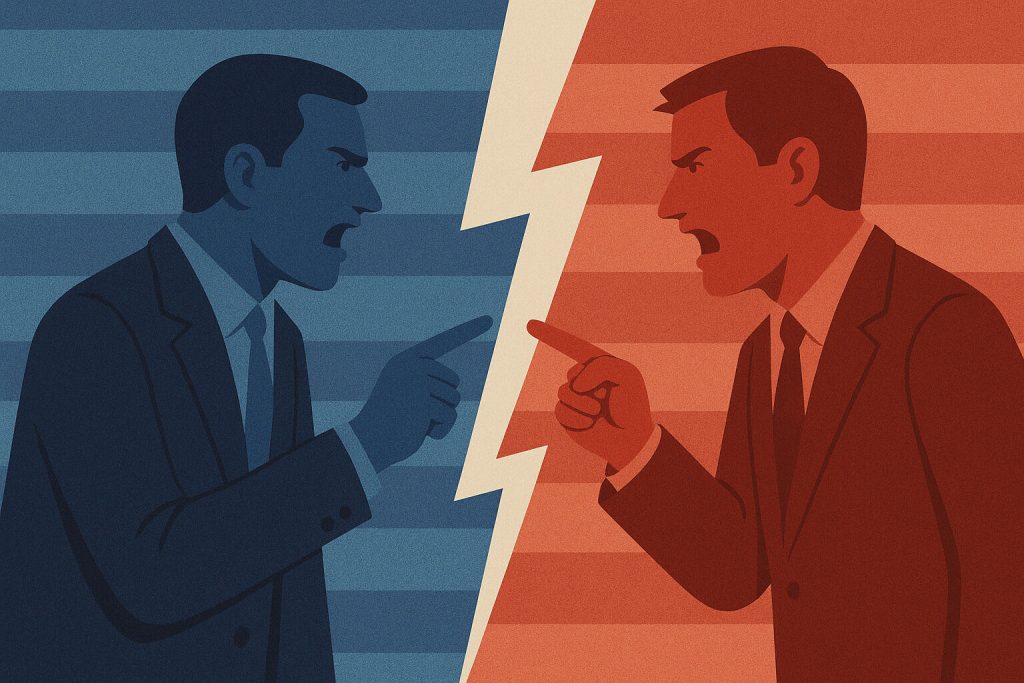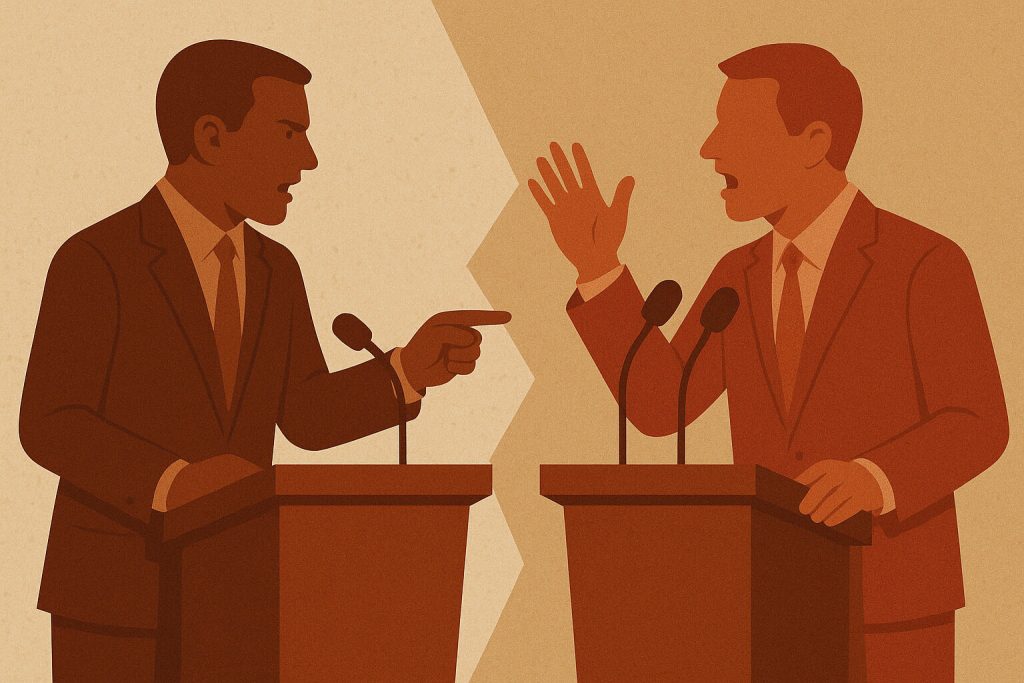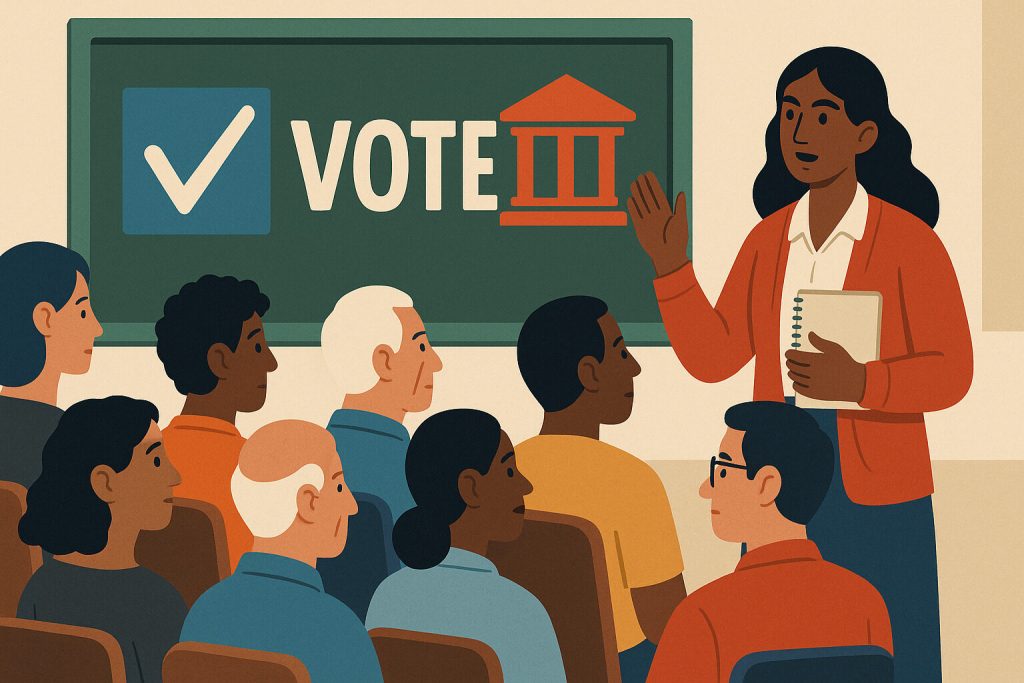
Addressing Public Affairs in a Time of Deep Division
Public affairs have always been vital to a nation. They serve as the venue for discussing policies, projects, and viewpoints that affect citizens’ daily lives. But when people are deeply divided by opinion, ideology, and beliefs, public discourse often becomes heated and difficult. This makes it even more important to understand how public affairs shape the direction of society in a nation facing deep division.
Many citizens feel that their opinions are no longer acknowledged or heard. On social media, for example, voices are amplified but don’t always lead to dialogue. Instead, platforms sometimes turn into arenas for blame and hostility. This affects how laws and policies are influenced and made.
In such a context, creating policies with support from both sides becomes more difficult. But this is also the time when careful communication, open-mindedness, and deeper listening are most needed. Public affairs in this setting are not just about information, but about connection and trust.
Media’s Influence on Public Perception
Media plays a powerful role in shaping public perception. Through news, opinion pieces, and commentary, social issues are framed and contextualized. However, bias, misinformation, and the fragmentation of audiences into echo chambers have become growing problems today.
Some information channels are focused solely on a single viewpoint. When someone listens only to one voice, they lose the chance to understand the other side. The result is deeper misunderstanding and more hostile discourse—especially on political issues.
Still, some organizations and journalists continue to push for balanced reporting. Their goal is to provide a broad and fair picture of the issues. This gives the public a chance to form opinions based on data—not just emotion.
The Government’s Role in Addressing Public Opinion
The government has an obligation to listen to the voices of its citizens. But in a time when information moves fast and public opinions grow louder, it’s harder to respond in a balanced way. It’s not enough to pass laws—they must be explained, contextualized, and defended in the eyes of the public.
When there is a large societal divide, building consensus becomes difficult. In issues like public health or climate change, for example, opposing views often stem from ideology. In these cases, the government must focus on transparency and continuous communication.
Some leaders have succeeded by offering clear messages and consistent behavior. They don’t force their opinions, but present them in an understandable way. This is key to maintaining trust and ensuring support, even in politically turbulent times.
Collaboration Between the Private Sector and Civil Society
Public affairs are not the government’s job alone. The private sector and civil society also play key roles in expanding understanding of issues. In times of deep division, they serve as bridges between government and citizens.
Non-governmental organizations (NGOs), churches, and civic groups often have access to communities beyond the reach of government agencies. Through their programs, initiatives, and dialogues, they help clarify issues and encourage more constructive public engagement.
Businesses, too, bear responsibility—not just economically, but socially. Through corporate responsibility programs, they can promote fair discourse, education, and platforms for diverse voices. When the public and private sectors align, it becomes easier to implement programs with meaningful impact.
The Effect of Polarization on Policymaking
In a political environment marked by conflict, creating policies with wide support becomes difficult. In Congress, for instance, proposals often stall due to lack of compromise. When each side clings to its own beliefs, programs get delayed.
Policies that should be simple administrative measures become political controversies. Proposals on education or healthcare, for example, are swept into broader ideological debates. As a result, the real needs of the people are sometimes forgotten.
Nonetheless, there are leaders and groups working to build consensus. Through consultation, data-driven proposals, and strong grassroots ties, they are able to craft policies that gain broader acceptance. In this way, productive governance can still exist—even in chaotic times.
Generational Differences in Perspective
Social division is not just political—it’s generational too. Older and younger generations often have different views on economics, culture, and politics. These differences surface in public discourse.
For example, today’s youth are more open to environmental issues, gender equality, and racial justice. Meanwhile, some older individuals hold more conservative views. In this context, public campaigns must adjust their tone depending on their audience.
It’s important to recognize these generational differences to create messaging that resonates across age groups. Respecting each other’s perspectives helps foster more open dialogue. Ultimately, differences in opinion can be a source of strength—if managed well.
Using Social Media as a Discourse Platform
Social media is now one of the most common platforms for public discourse. It quickly spreads information, organizes movements, and sparks dialogue. But it also carries the risks of misinformation and heightened conflict.
When social media is used for attacks, defamation, or distortion of facts, it undermines the true spirit of public discussion. Sometimes, comments become emotional outbursts rather than reasoned arguments. This worsens polarization.
Still, there have been successful social media campaigns that shed light on overlooked issues. With the right message, clear objectives, and effective communication, it can still serve as a valuable tool for public affairs.
Encouraging Active Civic Participation
In times of division, active civic participation becomes even more critical. It’s not enough to complain or comment on social media. Citizens must also join meetings, consultations, and initiatives that have real impact.
Voting, attending public hearings, and joining community meetings are just some of the ways for every voice to be heard. This makes policymaking more representative and increases accountability among those in power.
When citizens participate constructively, the foundation of democracy becomes stronger. It doesn’t mean everyone agrees—but it shows respect for process and a shared desire for solutions to society’s problems.
Addressing Misinformation and Public Trust
One of the biggest challenges in public affairs is the spread of misinformation. When people are confused, trust in institutions erodes. And when trust disappears, the relationship between citizens and government weakens further.
There are groups and experts working to correct misinformation. But the real fight is within each person—the ability to think critically, ask questions, and rely on credible sources. Education and media literacy are essential today.
Public affairs are not just about the volume of information—but its quality. Trust is rebuilt when information is clear, communication is honest, and processes are transparent. This helps reduce tension and restore respect in discourse.
A Time for Careful Listening and Dialogue
A nation divided needs careful listening. It’s not easy—especially when someone’s views are the opposite of your own. But this is where the strength of democracy is tested—in our ability to listen despite disagreement.
In public affairs, understanding matters more than winning. Not all discussions must end in agreement. Sometimes, simply acknowledging each other’s feelings is enough. This gradually builds the trust and respect needed to work together again.
Differences in opinion are not weaknesses—they are part of a free society. When discourse is used to unify rather than divide, a nation’s true strength emerges.


